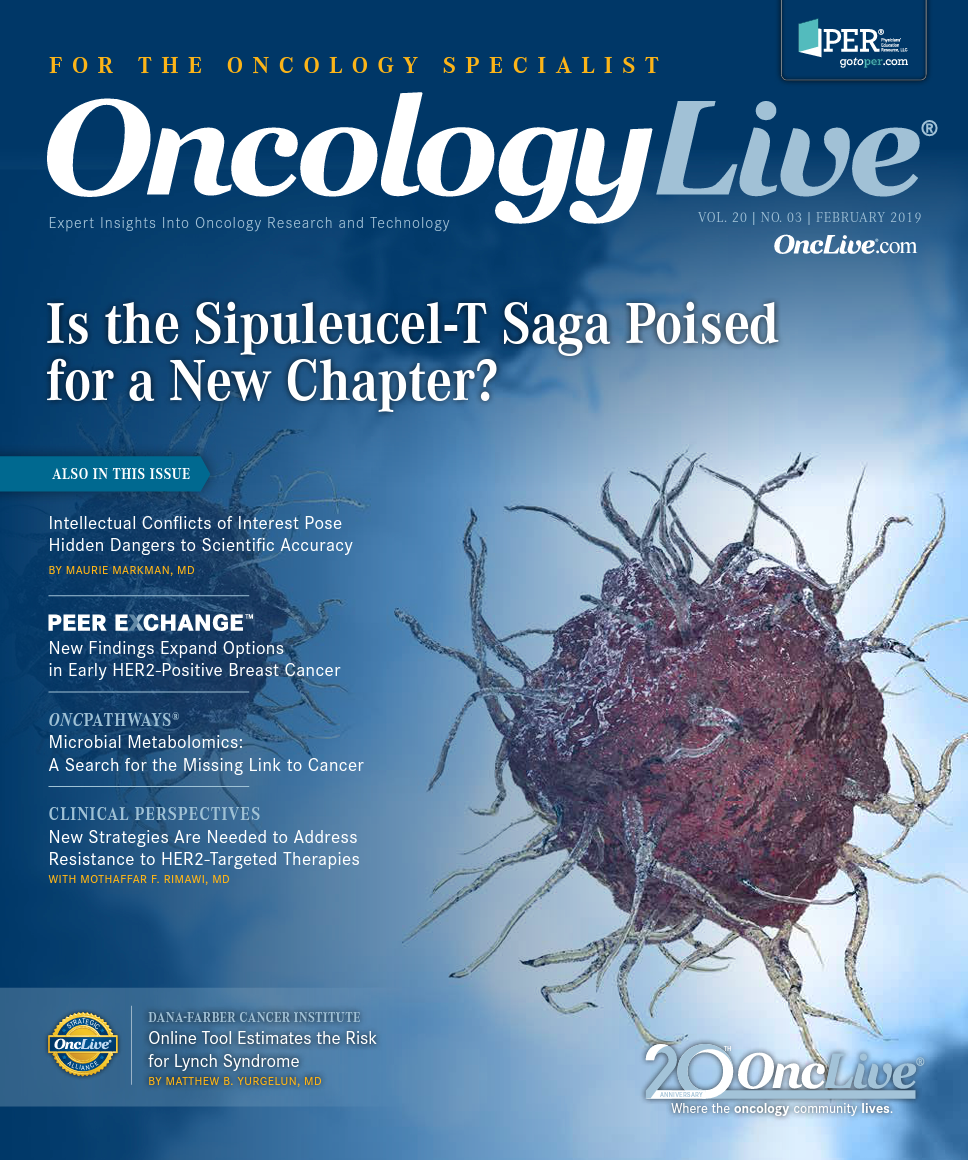Publication
Article
Oncology Live®
From One Cancer to Many: How NSCLC Treatment Has Changed in 20 Years
Author(s):
In the most recent decade, we have seen an acceleration of discovery in NSCLC, primarily driven by our understanding that there are many types of lung cancer.
Nathan A. Pennell, MD, PhD
Reflecting on the past 20 years of advances in non—small cell lung cancer (NSCLC), I am struck by how long a period went by with so little progress. Of course, today NSCLC treatment is changing at a breakneck pace, with new advancements presented at seemingly every major meeting and newly approved drugs emerging multiple times per year. However, not that long ago, NSCLC treatment was anything but exciting, and it took a completely different way of thinking about this disease to make today’s advances happen.
In 1999, the data supporting routine use of platinum-based chemotherapy were still fresh, based on a meta-analysis of chemotherapy trials showing a modest survival benefit with these regimens.1 Prior to that, there really was no proven therapy for advanced NSCLC if it wasn’t resectable or amenable to radiation. In fact, the name “non—small cell” itself reflects the recognition at the time that the only value in a diagnosis of NSCLC was to rule out the more treatable small cell carcinoma (No, I’m not kidding.)
The understanding that platinum-based chemotherapy was beneficial led to a flurry of studies, culminating in 2002 with the ECOG 1594 trial,2 which showed that all platinum-doublet regimens were equivalent in NSCLC, with a response rate of 19% and median survival of 8 months. It was clear by then that new strategies would be needed to move the field forward and that treating everyone the same meant that just a few people experienced benefit.
Over the next decade the field saw multiple new targeted agents enter the fray, and for the first time a diagnosis of “non—small cell carcinoma” was no longer good enough. We needed to know at least if it was squamous cell carcinoma or adenocarcinoma for both safety3 and efficacy4 reasons. We had our first evidence that genetic subtypes of lung adenocarcinoma existed with the discovery of EGFR mutations5 and ALK fusion genes6 and that these types of tumors benefited from up-front genetic testing because targeted treatments worked much better than one-size-fits-all chemotherapy. In the most recent decade—really, the past 6 to 7 years—we have seen an acceleration of discovery in NSCLC, primarily driven by our understanding that there are many types of lung cancer. Ubiquitous pie charts split NSCLC into multiple pathologic, genetic, and biomarker-defined groups that now must be determined before a course of therapy can be chosen. At least 4 genetic tests (EGFR, ALK, ROS1, and BRAF) should be run on every lung adenocarcinoma case, with more waiting in the wings (I see you, MET and RET). PD-L1 immunohistochemical testing identifies which patients would benefit from immune checkpoint inhibitors as monotherapy or if combination chemoimmunotherapy would be the best choice.
Who could have foreseen in 1999 that in 2019 essentially no patient with NSCLC should receive chemotherapy alone as their optimal choice of therapy?
Whether you call it precision medicine or personalized therapy, this approach has led to real hope of lasting benefit for many patients with NSCLC. In 2019, a new patient with stage IV EGFR-mutant or ALK-positive adenocarcinoma can expect to live a median of 3 to 5 years,7 and the 30% of patients with >50% PD-L1 expression have a median survival of 30 months with pembrolizumab (Keytruda),8 with some living beyond 5 years and possibly being cured. We still have a long way to go, but at the current pace of discovery I can’t wait to see what the next 20 years hold!
References
- Non-small Cell Lung Cancer Collaborative Group. BMJ. 1995;311(7010):899-909.
- Schiller et al. N Engl J Med. 2002;346(2):92-98.
- Sandler et al. N Engl J Med. 2006;355(24):2542-2550.
- Scagliotti et al. J Clin Oncol. 2008;26(21):3543-3551.
- Lynch et al. N Engl J Med. 2004; 350(21):2129-2139.
- Soda et al. Nature. 2007; 448(7153):561-566.
- Solomon et al. J Clin Oncol. 2018;36(22):2251-2258.
- Reck et al. N Engl J Med. 2017;376(10):997.









